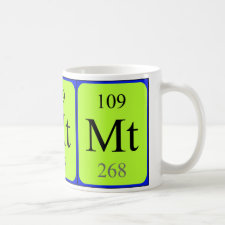
Authors: Akbulut Söylemez M, Kemalogullari BÖ
Article Title: Surface modification of magnetic nanoparticles via admicellar polymerization for selective removal of tetracycline from real water samples.
Publication date: 2021
Journal: New Journal of Chemistry
Volume: 45
Issue: (14)
Page numbers: 6415-6423.
DOI: 10.1039/D1NJ00494H
Abstract: Tetracyclines are the second most commonly used family of antibiotics used in animal husbandry to treat bacterial infections. The removal of antibiotics from environmental water supplies is of vital importance due to the ongoing release of these pharmaceuticals. For this purpose, the production of tetracycline imprinted thin films onto magnetic iron(III) oxide nanoparticles was achieved by employing admicellar polymerization of styrene and divinylbenzene. The detailed structural and physical characterization of modified magnetic nanoparticles was carried out by Fourier transform infrared spectroscopy, X-ray photoelectron spectroscopy, thermogravimetric analysis, X-ray diffraction, transition electron microscopy and Brumauere Emmett Teller analysis. The saturation magnetization of magnetic nanoparticles after modification with tetracycline imprinted polymers was determined as 46 emu g-1. The rebinding experiments were carried out against various variables such as pH, initial concentration of tetracycline and contact time. The limit of detection was determined as 0.32 μg mL-1. Binding properties were also evaluated by employing adsorption isotherms. The specific selectivity of the tetracycline imprinted polymers was evaluated for structurally similar tetracyclines. The imprinting factor was determined as 3.41, 1.55, 1.52 and 1.23 for tetracycline, oxytetracycline hydrochloride, doxycycline hyclate and chlortetracycline, respectively. Compared to that seen in previously reported imprinting systems, the observed binding capacity (29.7 mg g-1) was quite high. The binding capacity of the molecularly imprinted polymer-modified magnetic nanoparticles was investigated for tap water and natural water samples. The adsorption percentage of tetracycline was determined as 83.2, 66.3, 54.7 and 51.5 for ultra-pure water, tap water and natural water samples, respectively
Template and target information: tetracycline, oxytetracycline hydrochloride, doxycycline hyclate, chlortetracycline



Join the Society for Molecular Imprinting

New items RSS feed
Sign-up for e-mail updates:
Choose between receiving an occasional newsletter or more frequent e-mail alerts.
Click here to go to the sign-up page.
Is your name elemental or peptidic? Enter your name and find out by clicking either of the buttons below!
Other products you may like:
 MIPdatabase
MIPdatabase









